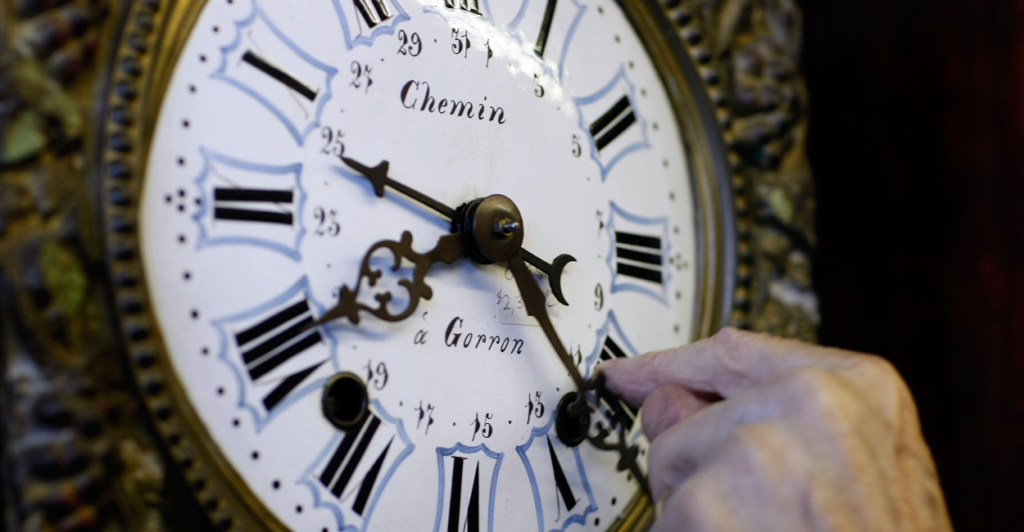A bipartisan group of senators has reintroduced the Sunshine Protection Act, which would extend daylight saving time to year-round, rather than keep it at eight months. One of those lawmakers, Sen. Marco Rubio, says the change would “give our nation’s families more stability throughout the year.”
The Florida Republican and seven colleagues from both sides of the aisle are co-sponsors of the measure, which would eliminate the need to reset clocks an hour ahead near the end of winter and back an hour in the fall.
Daylight saving time currently begins at 2 a.m. on the second Sunday in March—which is March 14 this year—and ends at 2 a.m. on the first Sunday in November.
Senate leadership sent the Sunshine Protection Act (S 623), which the lawmakers reintroduced Tuesday, to the Commerce, Science, and Transportation Committee.
Rubio’s co-sponsors are Sens. James Lankford, R-Okla.; Roy Blunt, R-Mo.; Sheldon Whitehouse, D-R.I.; Ron Wyden, D-Ore.; Cindy Hyde-Smith, R-Miss.; Rick Scott, R-Fla.; and Ed Markey, D-Mass.
The bill previously was introduced in the House on March 6, 2019, but didn’t receive a vote.
The Sunshine Protection Act follows the lead of the Florida Legislature’s 2018 enactment of year-round daylight saving time. A change in federal law is required for the Florida measure to take effect.
Fifteen other states have passed similar laws, resolutions, or voter initiatives on the subject: Alabama, Arkansas, California, Delaware, Georgia, Idaho, Louisiana, Maine, Ohio, Oregon, South Carolina, Tennessee, Utah, Washington, and Wyoming.
“Studies have shown many benefits of a year-round daylight saving time, which is why the Florida Legislature voted to make it permanent in 2018. I’m proud to reintroduce this bipartisan bill to make daylight saving time permanent, and give our nation’s families more stability throughout the year,” Rubio said.
“I don’t know a parent of a young child that would oppose getting rid of springing forward or falling back. Congress created daylight saving [time] decades ago as a wartime effort. Now, it is well past time to lock the clock and end this experiment,” Lankford said
“Making daylight saving time permanent will end the biannual disruptions to daily life and give families more daylight hours to enjoy after work and school,” Whitehouse said.
Studies have found that daylight saving time can reduce car crashes involving pedestrians, because drivers have better visibility when daylight hours are aligned with commuters’ standard work hours, according to the American Journal of Public Health and the Journal of Safety Research, which Rubio cited. The study also found an 8% to 11% reduction in automotive collisions with wildlife due to some animals’ nocturnal behavior.
However, a study by the University of Colorado at Boulder, published in Science Daily in January 2020, looked at 732,000 accidents over two decades and found that the annual switch to daylight saving time was associated with a 6% increase in fatal car crashes the week following the switch.
An increase in physical activity among youngsters also is a result of longer daylight hours, according to studies cited by the senators that were published by the International Journal of Behavioral Nutrition and Physical Activity and the Journal of Physical Activity and Health.
Have an opinion about this article? To sound off, please email letters@DailySignal.com and we will consider publishing your remarks in our regular “We Hear You” feature.
